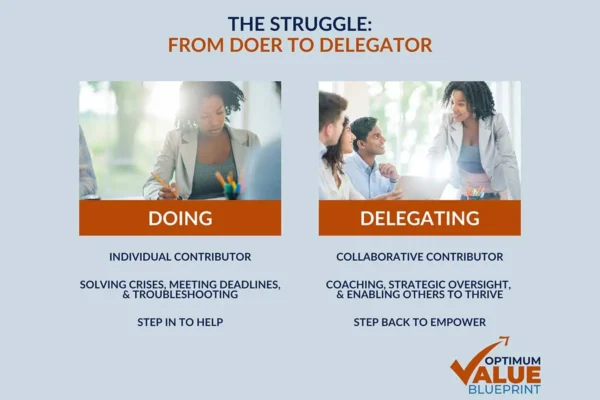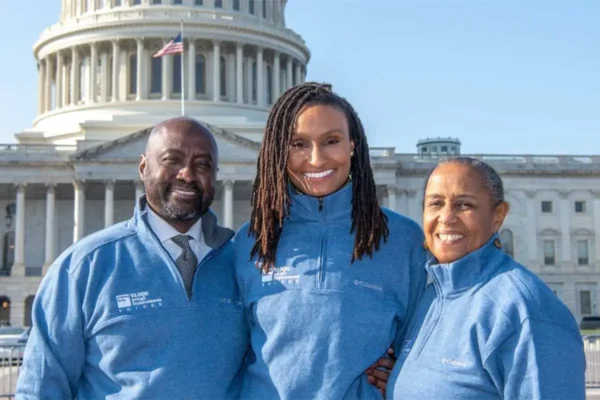As 2013’s word of the year, a “selfie” is defined by Oxford Dictionary as a personal and self-involved act of documenting oneself either for sharing with posterity or simply for one’s own enjoyment. During the American Society of Association Executives’ Marketing, Membership & Communications Conference, held June 16-18 at Walter E. Washington Convention Center, the term took on a strategic meaning.
As one of the key takeaways at the conference, the “selfie” not only defines today’s culture, but also in aligning an organization with its marketing. Kimberly “KC” Coerr, account executive, Marketing Design Group, provided the following strategy to including “selfies” in marketing one’s organization, and how “silos” may be the term for 2014.
Put your organization in your members’ selfies.
Now, more than ever, our audience is inherently self-interested. Finding out how to make your message a part of your audience’s story is critical to keeping your audience engaged, connected and open to your call to action. When Samsung recognized the rise of the selfie phenomenon, it capitalized on the trend by working with the team at the Academy Awards to incorporate its phone into the selfie that “broke the Internet.”
Align your culture with the world around you.
The way you used to connect with your audience may have been left behind in the rapidly changing communications world we live in now. In 2005 at Pope Benedict’s inauguration, the faithful were content to simply “be there.” By 2013 at Pope Francis’ inauguration, passive participation had morphed into an “I was there” mentality. Cell phones and iPads were rampant. The culture had changed into more active participation in the world surrounding us. By understanding this culture shift, your organization will more rapidly pivot and produce the content that will keep your group top-of-mind.
Set your knowledge free.
If 2013’s word of the year was selfie, 2014’s will be silos. From “Silos drive me bonkers,” (Debra BenAvram, CEO, ASPEN) to “Your physical space layout is critical to avoiding silos,” (David Gammel, executive director, Entomological Society of America), the notion of embargoed information within your organization as a detriment to reaching your audience was a crucial theme throughout the conference. “Information wants to be free,” stated Stewart Brand, founder of the Whole Earth Catalog, and a free-form flow of ideas within your organization results in a net positive for achieving your organization’s goals. Information possessiveness is a creativity-killer.
Keep a gatekeeper in place.
In our outreach to our audience, people are bombarded with content, calls to action and communications from multiple stakeholders within our organization. By managing information strategically, we can avoid information overload where our audience begins to turn the volume down, and eventually, off. Assigning the role of looking at outgoing communications with a global eye for the totality of the message to one person will ensure the audience accepts a call to action or a piece of information that they will not only read, but respond to.
No matter what your budget is, make research work (and work for you).
Before Jim Lapides, VP Strategic Communications at the National Multifamily Housing Council, embarked on his association’s first-ever rebranding initiative, he made sure they had done the research and had the data to back up the new look, feel and direction of the association. The NMHC wanted to increase awareness among policymakers of their members’ economic impact. Not only did the research uncover the quantifiable benefit to cities and towns, but the easily accessible research and economic-impact calculator resulted in a 240 percent increase in webpage views and garnered NMHC three ASAE Gold Circle Awards for excellence, innovation and achievement in communications programs.
Use Big Data to demonstrate to your audience, “You are weaker without us.”
Both members and non-members, customers and non-customers need to understand that without your organization or your product in their mix, they will be operating at a competitive disadvantage. Use your data to show your audience the differences between those who use your product or service, or who belong to your organization or attend your events—and those who don’t. Although it can take 18 months or longer to really differentiate between the users and the non-users, planning now for the data you will need later will reap dividends in the trove of rich statistics and facts your organization can expect to obtain.
In our inward-looking society, aligning our organizations with what our audience is doing and where they are going will help us make a connection with our audience—the key to all successful marketing strategies.































